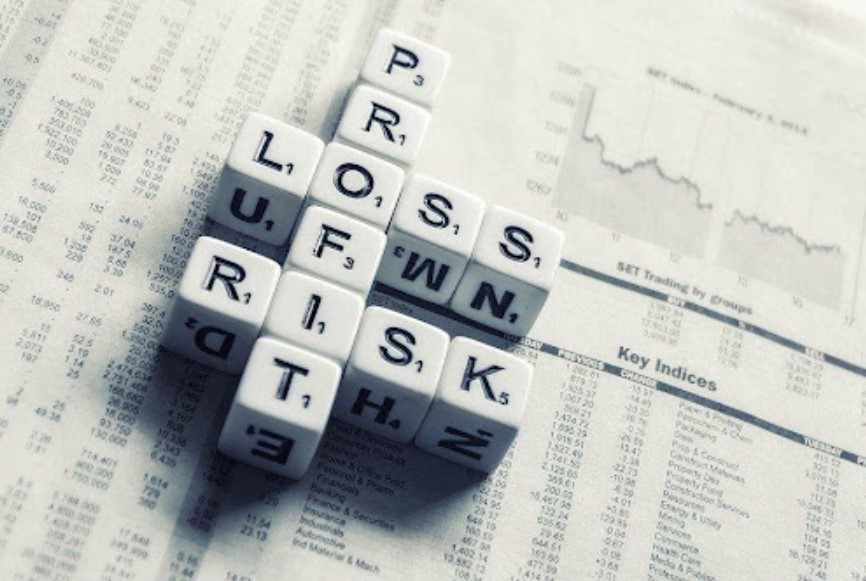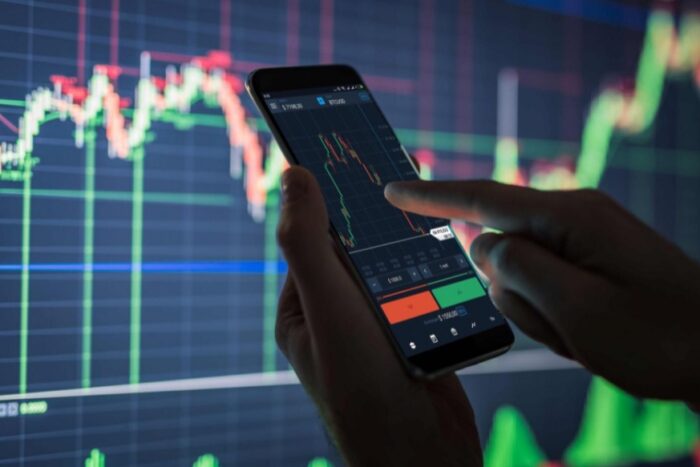
Managing risk and turning opportunity into a benefit is one of the main tasks when trading in the financial markets. Professional traders manage to achieve this via a combination of proper knowledge, rules-based trading, and risk management.
As part of the last factor, this article will focus on how you can manage risk, in particular why using stop-loss and take-profit could be helpful both for the short and long term. It is a common practice among beginners to ignore these tools, so the purpose here is to reemphasize why you should have a strict set of rules when it comes to risk management.
Protection at a time of elevated uncertainty
On top of the professional side of things, dealing with risk properly is now important, as financial markets are on edge due to monetary policy normalization fears and the Omicron variant.
No trader is able to anticipate correctly what the future might bring at all times, which is why using risk management tools embedded into any trading platform can provide a safety net in case the market doesn’t perform as expected.
The benefits of stop loss

In fact, this is exactly what the stop loss does. It can cap the downside when an asset takes a turn in the direction you did not expect it to. Some traders choose to go for a “manual stop loss”, which means they close the trade themselves when they deem it appropriate or feel it necessary.
However, when losses start to build up and psychological pressure is rising, it becomes difficult, especially for a beginner, to manage emotions and make rational decisions. That’s why some brokers offer a guaranteed stop loss tool (see here for an example) as part of their features for clients.
When activated, the platform automatically closes trades when the price reaches the stop loss determined, taking you out of the market without losing more than initially planned.
Is a take profit tool always necessary?
In terms of take profit, the debate remains open. If the stop loss is considered a must for every trade, things are slightly different in the case of take profit.
If a take profit mark is placed around a support/resistance area, you could lock in more pips and avoid being trapped in a position while the market starts to act choppy.
However, if there is a directional bias in the market, the price could break below/above key areas, and in this case, it might be better to not place a take profit mark.
The psychology of risk

While the majority of traders continue to focus on learning technical/fundamental analysis, reading charts, and understanding how credit markets work, few are really aware of the psychology involved in online trading.
Once you open a trade and the account balance starts to fluctuate, your ability to make wise decisions while under financial stress can influence the outcome. Using stop loss and take profit is a way of taking calculated risks, a way which ultimately promotes a certain degree of serenity while trading, even when the price does not perform as expected. This way, traders are less affected by panic while making critical decisions.
There are many books on trading psychology available on the web. Most of them point out that the main reason why traders get hijacked by their emotions has to do with exaggerated risk-taking. This also has to do with what is called the “equity threshold”, which is a mental barrier formed as a result of the daily management of capital.
A person handles themselves according to the financial status they are in, or in other words, how much capital they possess. This becomes an issue once a trader has accumulated fast gains, and needs to get used to a new “financial status”.
In combination with exaggerated risks, these traders usually get overwhelmed and, in the absence of a stop loss mechanism, an unexpected market event can wipe out returns banked over a long period – and even cause further losses.
Understanding that losses are part of the process
Having a usual “9-to-5 job” means your monthly revenue is more or less stable. A fixed number of working hours is rewarded with a salary. Things are completely different in trading, where this stability disappears.
It usually takes a while for people who are accustomed to a fixed income to get comfortable with the transition to full-time trading. While sharp gains can cause an illusion that this industry is ‘easy-money’, acute losses can take a while to digest.
Losses are part of the game, as are gains, and tools like take profit and stop loss can help traders, especially new ones, understand it and adjust their strategies accordingly.
No control over markets, but risk is manageable

Asset prices move up and down due to various factors, but ultimately it is the market participants themselves who influence these prices, by buying or selling. Involvement of personal trades, as opposed to financial institutions, in the industry has increased over the past two years, and the former is becoming a dominant factor influencing prices (despite the latter still having greater power overall).
You will never have control over markets, and that’s a given. This leaves you with controlling risk as your only tool to cope with changing conditions. Stop loss and take profit can keep uncertainty at bay, in an environment where a great degree of flexibility is a must.
Final words
For the time being, we still see volatility in stocks, commodities, and even in currencies, which is why if you are a beginner, constantly using stop loss and take profit until you develop skills and build up confidence, will ensure that there aren’t too many incidents of emotional hijacking along the way.
Taking irrational decisions is what leads traders to endure long periods of underperformance. Although painful at first glance, getting out of a losing trade fast and moving ahead to finding the next opportunity is what you should do, as this is how a professional trader usually behaves.














